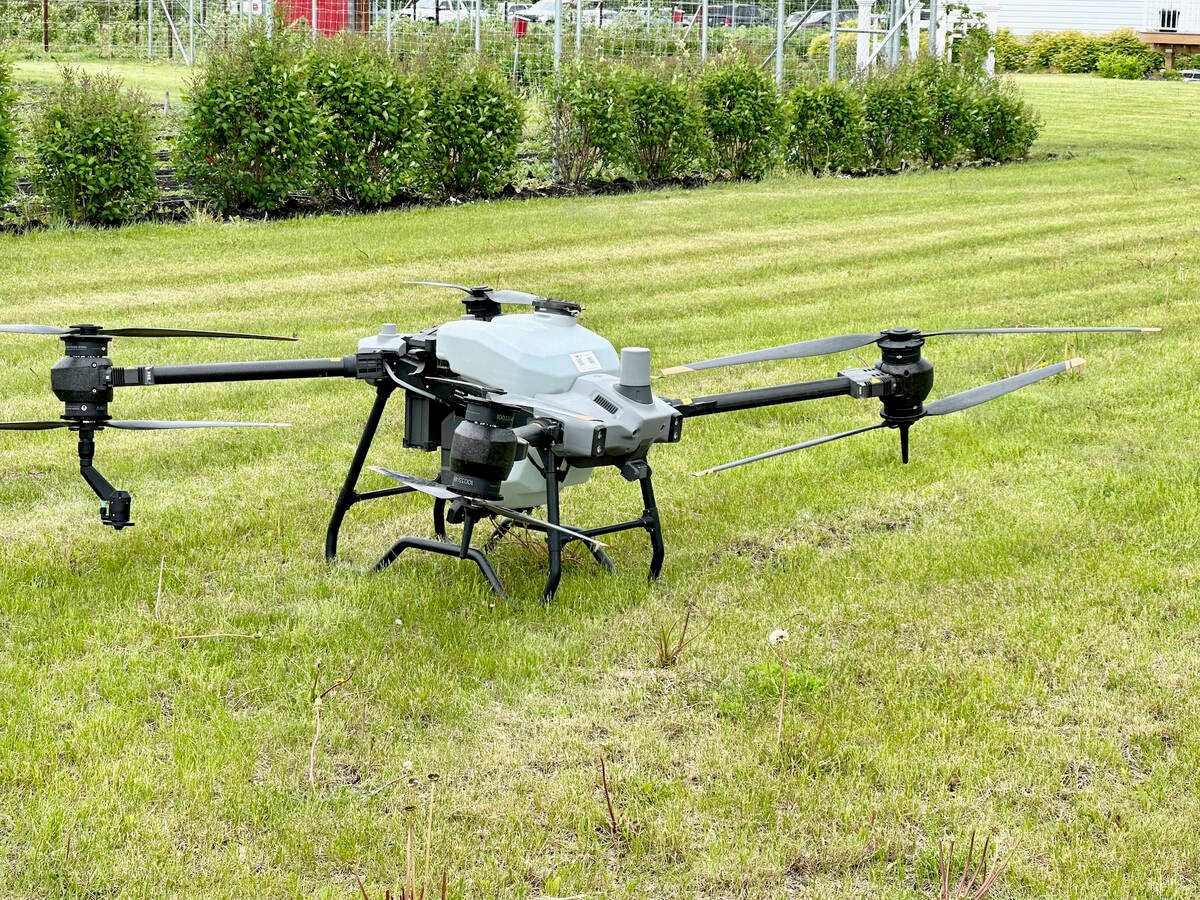Responsible for disease monitoring, control measures
BRANDON — Manitoba’s new tuberculosis-control boss says now is the time to push the disease toward eradication.
“We’ve become complacent. We’ve made this pretty dramatic progress.… We kind of stalled out,” said Dr. Allan Preston, the newly appointed co-ordinator of efforts to eliminate TB in Manitoba’s Riding Mountain National Park area.
“The goal is to not just have TB-free status in name, but to have it in reality and not have restrictions placed on our livestock moving into the U.S.”
The appointment of a TB-control co-ordinator has been a long-time goal of the Manitoba Beef Producers, at whose annual general meeting Preston was speaking.
Read Also

Canadian Food Inspection Agency red tape changes a first step: agriculture
Farm groups say they’re happy to see action on Canada’s federal regulatory red tape, but there’s still a lot of streamlining left to be done
The co-ordinator’s role is to bring focus and communication to the bewildering array of disease monitoring and control measures being undertaken by multiple levels of government, government departments, non-government organizations and farm families.
TB has been discovered in elk and white-tailed deer in the park since the 1970s, when some believe timber wolves introduced it to the area.
Deer are believed to have less than a one percent infection rate, based on sample tests, but elk are probably still above one percent. Cattle from farms adjoining the park are occasionally infected.
The last infected bovine was found in 2008 and the last deer in 2009. An infected elk was found in 2011.
Officials have tested 220,000 cattle since testing and control measures were introduced to manage the disease. Twenty-six local herds will be tested this year.
Authorities are also planning to test 50 wild elk cows and 50 bulls, as well as 135 white-tailed deer.
Farmers have wondered over the years whether the only way to eliminate the TB threat would be to kill all the elk and deer in the park area, but Preston said that is not being considered. Instead, the goal is to keep following control measures to keep the disease out of cattle and gradually eliminate the wildlife infection.
Minnesota appears to have successfully eradicated TB from a wild ungulate population, Preston said, so that state’s approach provides confidence this can work.
Manitoba’s Riding Mountain problem isone of only seven places in the world where a wildlife TB infection reservoir exists, he added.
Part of Minnesota’s definition of TB-free is having no positive results of testing for three years. TB-free status is important for livestock trade. Borders close and prices can collapse if a province’s or country’s livestock herds are found infected.
Manitoba shares Canada’s TB-free status from the Canadian Food Inspection Agency, but the United States imposes certain testing re-quirements on Manitoba cattle.
Preston said 20 years of diligent work have controlled the wildlife infection, and testing demands on local farmers are significantly reduced from previous years.
He thinks the disease can be controlled to the point that it will be eradicated in scientific terms, even though that doesn’t prove the disease has been permanently eradicated. Proving a negative is almost impossible.
Preston said he’s receiving good co-operation from provincial and federal authorities, municipal and farm representatives and scientists, so continuing efforts have a good chance for success.
He said he’s growing more confident TB can be eradicated.
“I really think that these goals are realistic, that they are achievable.”















